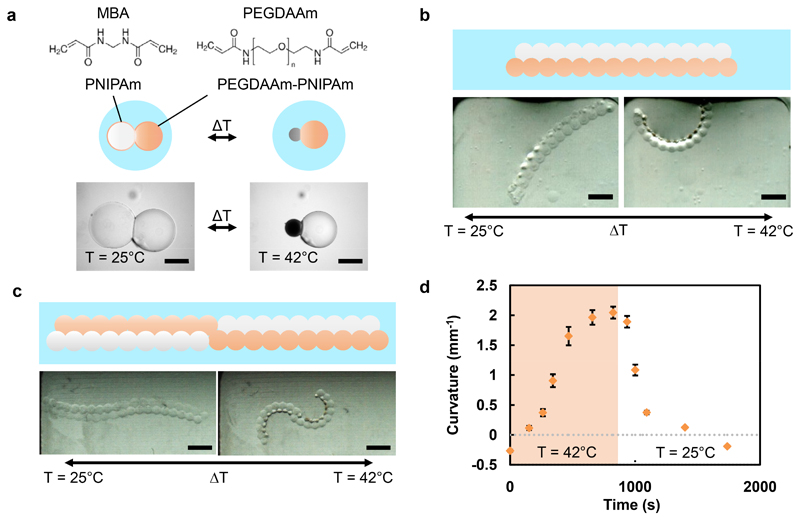Figure 4. Shape changes of structures containing two different temperature-responsive hydrogels.
a. A hydrogel structure formed from a droplet pair. One domain contained PNIPAm (white sphere) crosslinked with MBA, and the other in addition contained 8 mM PEGDAAm (n = 80, Mn = 3700) (orange sphere). When heated to 42°C, the PEGDAAm-PNIPAm domain contracted to a lesser extent than the PNIPAm domain (dark grey sphere). Scale bar corresponds to 250 μm. b-c, Larger structures patterned with PNIPAm and PEGDAAm-PNIPAm underwent pre-defined, temperature-controlled, reversible shape changes. A bilayer structure (b) formed from a parallel double strip of droplets with different crosslinkers curls when heated above the LCST of the MBA-containing hydrogel, whereas an alternating bilayer with a central point of inflection (c) undergoes a double curling motion. Scale bars correspond to 1 mm. d, Kinetics of curvature changes for the structure depicted in (c) during heating to 42°C (pale orange) and cooling to room temperature (white). Error bars represent one standard deviation about the mean curvature.

